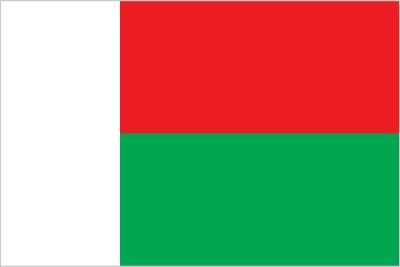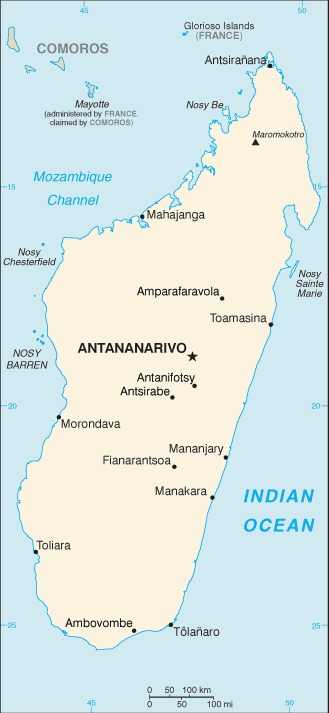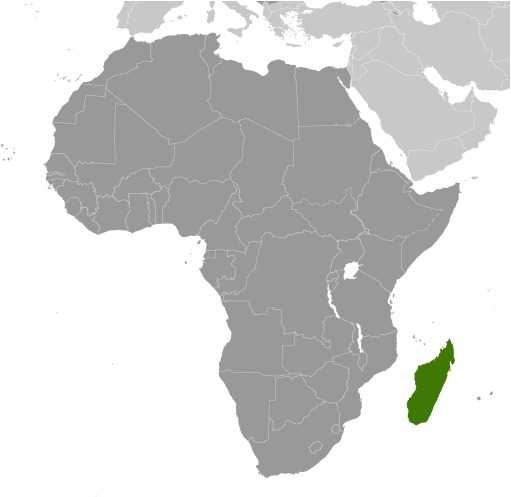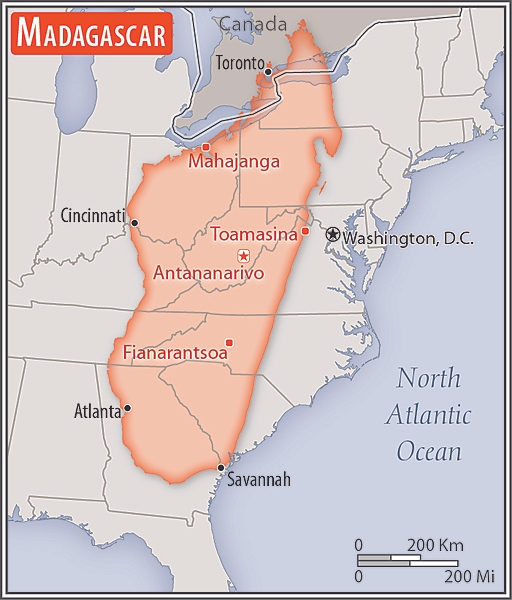Introduction
Visit the Definitions and Notes page to view a description of each topic.
Geography
People and Society
Population
comparison rankings: total 53; male 53; female 53
Median age
comparison ranking: total 193
Population growth rate
comparison ranking: 33
Birth rate
comparison ranking: 34
Death rate
comparison ranking: 163
Net migration rate
comparison ranking: 85
Maternal mortality ratio
comparison ranking: 12
Infant mortality rate
comparison ranking: total 31
Life expectancy at birth
comparison ranking: total population 186
Total fertility rate
comparison ranking: 35
Obesity - adult prevalence rate
comparison ranking: 181
Alcohol consumption per capita
comparison ranking: total 155
Tobacco use
comparison ranking: total 43
Children under the age of 5 years underweight
comparison ranking: 8
Education expenditure
comparison ranking: Education expenditure (% GDP) 154
Environment
Carbon dioxide emissions
comparison ranking: total emissions 141
Government
Economy
Real GDP (purchasing power parity)
comparison ranking: 124
Real GDP growth rate
comparison ranking: 64
Real GDP per capita
comparison ranking: 209
Inflation rate (consumer prices)
comparison ranking: 177
GDP - composition, by sector of origin
comparison rankings: agriculture 28; industry 110; services 167
Industrial production growth rate
comparison ranking: 66
Labor force
comparison ranking: 40
Unemployment rate
comparison ranking: 45
Youth unemployment rate (ages 15-24)
comparison ranking: total 159
Taxes and other revenues
comparison ranking: 132
Current account balance
comparison ranking: 123
Reserves of foreign exchange and gold
comparison ranking: 120
Debt - external
comparison ranking: 83
Energy
Electricity
comparison rankings: installed generating capacity 142; consumption 148; transmission/distribution losses 52
Energy consumption per capita
comparison ranking: 187
Communications
Telephones - fixed lines
comparison ranking: total subscriptions 209
Telephones - mobile cellular
comparison ranking: total subscriptions 55
Broadband - fixed subscriptions
comparison ranking: total 156
Transportation
Merchant marine
comparison ranking: total 135





